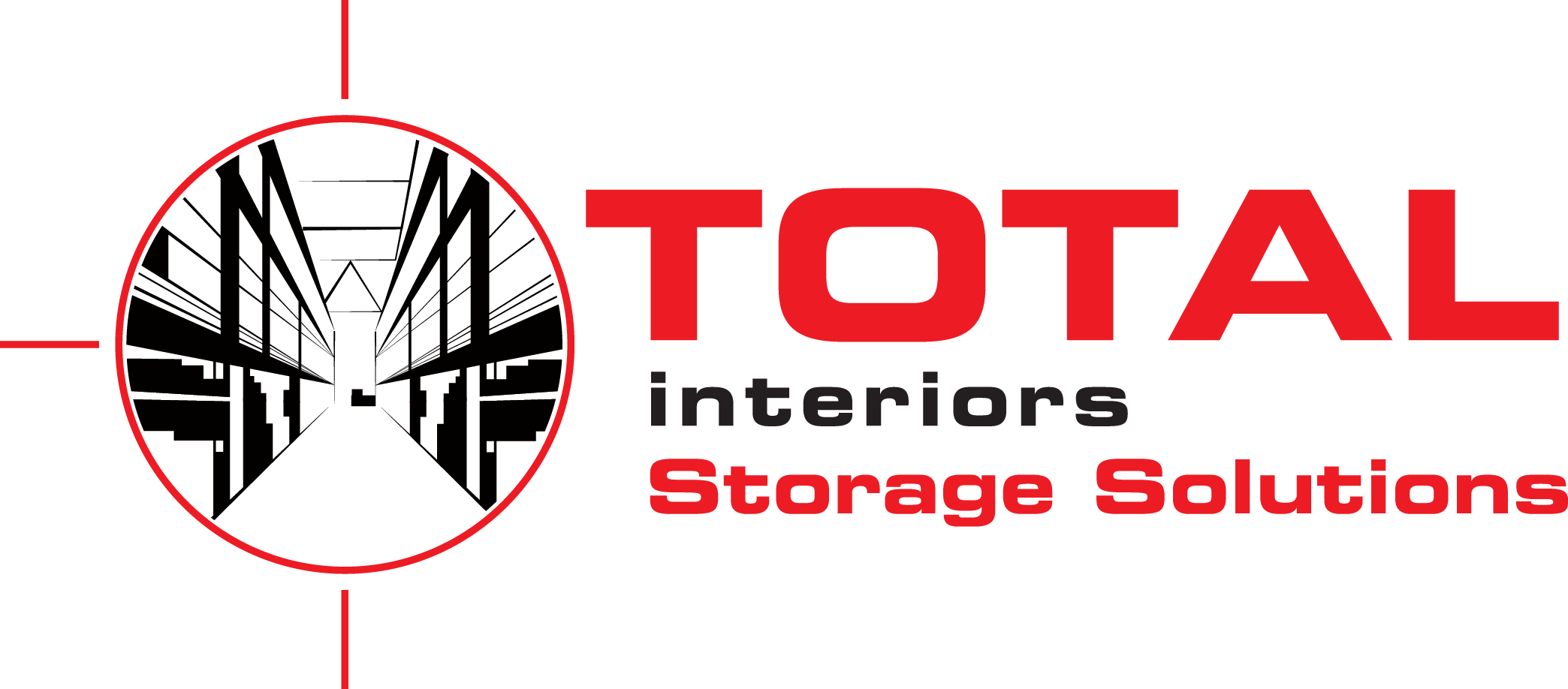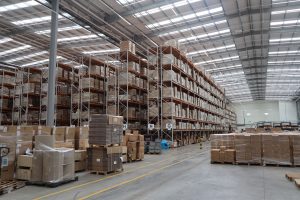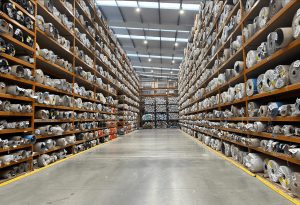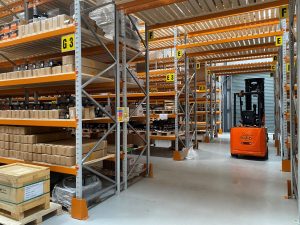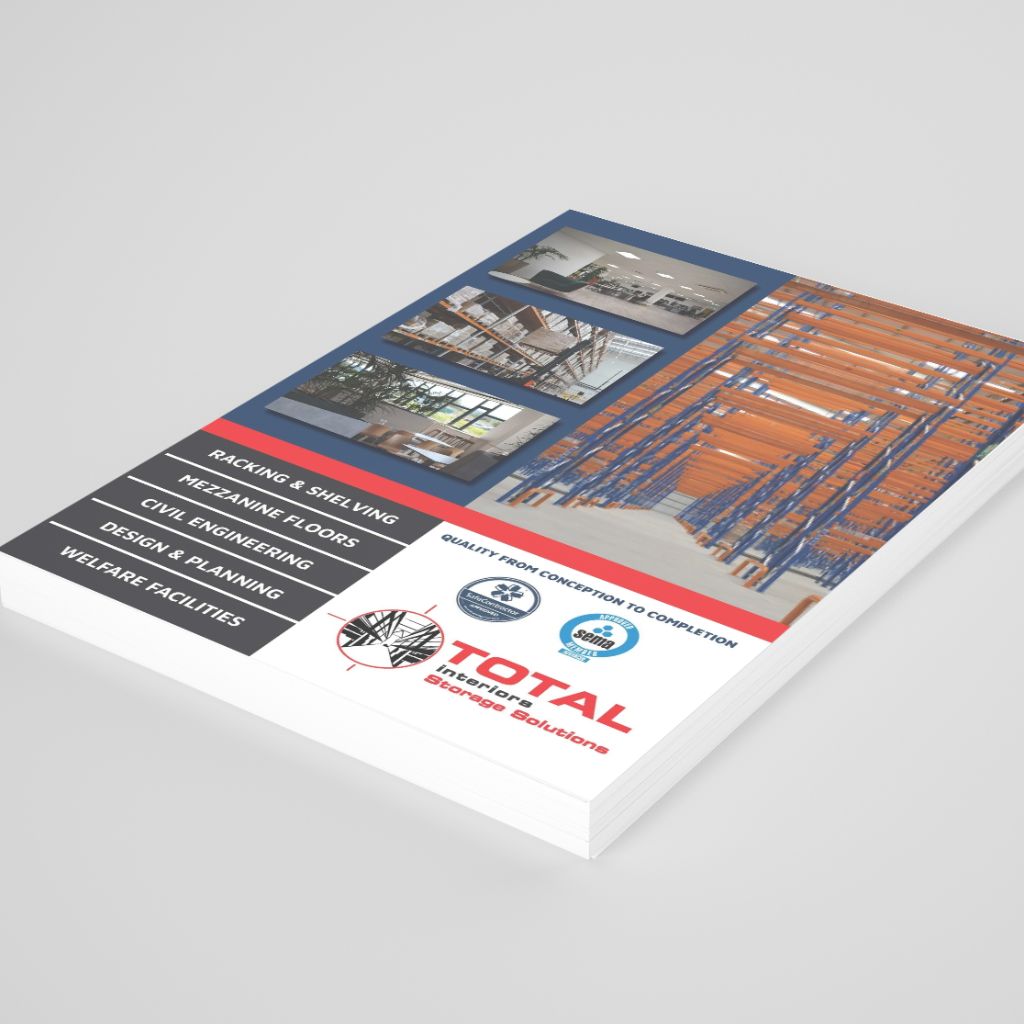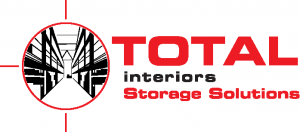Efficient use of space is crucial for businesses looking to optimise their warehouse operations. As warehouse storage needs grow, pallet racking systems have become an indispensable tool for maximising space, improving accessibility, and enhancing inventory management. In this blog post, we at Total Interiors Direct will explore practical tips on how your business can make the most out of your warehouse space using pallet racking systems.
Plan Your Layout with Precision
Before installing pallet racking, it’s essential to carefully plan your warehouse layout. Start by evaluating your inventory’s size, weight, and handling requirements. Consider the following when planning:
- Product Flow: Ensure that your layout supports an efficient product flow, minimising the distance that items need to travel from storage to dispatch.
- Accessibility: Design your layout to allow easy access to frequently picked items, placing them at lower levels or closer to aisles.
- Safety Considerations: Make sure your layout complies with safety regulations, including adequate aisle width for forklifts and emergency exits.
Proper planning not only optimises space but also enhances productivity and safety.
Utilise Vertical Space Effectively
Warehouses often have substantial vertical space that can be better utilised. Here’s how you can capitalise on that:
- High-Rise Pallet Racking: Opt for high-rise racking systems that extend upwards to utilise the full height of your warehouse. This is particularly beneficial for storing less frequently accessed items.
- Adjustable Shelving: Use adjustable pallet racking systems that can be customised based on the height of your products. This allows for the accommodation of varying product sizes without wasting vertical space.
- Safety Measures: Ensure that your vertical racking is securely anchored and that employees are trained on safely accessing high-level racks, possibly with the use of specialised equipment like order pickers.
Maximising vertical space can significantly increase storage capacity without expanding your warehouse footprint.
Incorporate Different Racking Systems
Not all products are the same, and neither are their storage requirements. Consider integrating different types of pallet racking systems to optimise space:
- Selective Racking: Ideal for warehouses that need easy access to a wide variety of SKUs. Selective racking is versatile and allows for quick retrieval of items.
- Drive-In/Drive-Through Racking: These systems are perfect for high-density storage. Drive-in racking allows forklifts to enter from one side, while drive-through racking provides access from both sides, maximising floor space and storage density.
- Cantilever Racking: If you store long or bulky items like pipes or timber, cantilever racking offers an excellent solution without compromising on accessibility.
By using a combination of racking systems, you can create a more flexible and efficient warehouse layout.
Implement Smart Inventory Management
An organised warehouse is more efficient. Implementing smart inventory management practices can help in optimising your pallet racking system:
- ABC Analysis: Organise your inventory based on ABC analysis, where ‘A’ items are high-turnover goods stored at easily accessible locations, ‘B’ items are medium-turnover, and ‘C’ items are low-turnover stored higher or deeper within the racking system.
- Labelling and Signage: Clearly label racks and use signage to guide workers to specific items quickly. This reduces picking times and minimises errors.
- Inventory Tracking Technology: Utilise barcode scanners, RFID, or warehouse management systems (WMS) to keep track of inventory levels and locations in real time.
Efficient inventory management ensures that space is used effectively and that items are easily accessible when needed.
Regularly Review and Adapt Your System
As your business grows, your storage needs will change. Regularly reviewing your pallet racking system allows you to adapt to these changes:
- Annual Audits: Conduct annual reviews of your warehouse layout and racking systems. Identify areas of improvement or reconfiguration to optimise space further.
- Scalability: Choose racking systems that are modular and scalable, allowing you to expand or modify your setup as your inventory levels and product lines change.
- Employee Feedback: Engage with your warehouse team to gather feedback on the efficiency and safety of your current racking systems. Their insights can provide valuable input for making adjustments.
Adapting your pallet racking system to meet evolving needs ensures ongoing efficiency and space optimization.
Prioritise Safety and Maintenance
Maximising space is important, but not at the expense of safety. Regular maintenance and safety checks are essential:
- Load Limits: Always adhere to the load limits specified by the racking manufacturer to prevent accidents.
- Inspections: Regularly inspect racking systems for signs of wear, damage, or overloading. Address any issues immediately to prevent safety hazards.
- Employee Training: Provide ongoing training for your staff on safe handling practices, proper use of equipment, and emergency procedures.
Prioritising safety not only protects your employees but also extends the lifespan of your racking systems, ensuring long-term cost savings.
Conclusion
At Total Interiors Direct, we understand the importance of making the most out of your warehouse space. By implementing these practical tips—careful planning, effective use of vertical space, diverse racking systems, smart inventory management, regular reviews, and prioritising safety—you can optimise your warehouse operations, increase storage capacity, and improve overall efficiency.
If you’re ready to transform your warehouse, contact us today to discuss how our pallet racking solutions can help you maximise space and enhance your business operations.
